If you’re planning on installing PVC plumbing in your kitchen after installing the sink, you’ve come to the right place. PVC (polyvinyl chloride) piping is a popular choice for plumbing due to its durability and affordability. In this guide, we’ll walk you through the steps of installing PVC plumbing in your kitchen, ensuring that your new pipes are installed correctly and efficiently.1. PVC Plumbing Installation Guide
Once you have successfully installed your kitchen sink, it’s time to move on to installing the PVC plumbing. The first step is to ensure that you have all the necessary tools and materials, including PVC pipes, fittings, primer, and cement. Once you have everything ready, you can start the process of installing your PVC plumbing.2. How to Install PVC Plumbing After Kitchen Sink Installation
The first step is to measure and cut the PVC pipes to the desired length using a hacksaw. It’s important to make clean, straight cuts for a proper fit. Next, use sandpaper or a deburring tool to smooth out any rough edges. Apply primer to the ends of the pipes and fittings, and then apply PVC cement to the same areas. Twist the pipes and fittings together, holding them in place for a few seconds to allow the cement to bond.3. Step-by-Step Guide for Installing PVC Plumbing
When installing PVC plumbing, it’s essential to have a solid plan in place. Measure and mark where the pipes and fittings will go before cutting to ensure accuracy. Additionally, make sure to use the correct size and type of PVC pipes and fittings for your specific plumbing needs. It’s also important to use primer and cement correctly, as they are crucial for creating strong, leak-free joints.4. Tips for Installing PVC Plumbing in Your Kitchen
One of the most common mistakes when installing PVC plumbing is not properly cleaning and preparing the pipes and fittings. Without removing dirt and debris, the primer and cement may not bond correctly, resulting in leaks. Additionally, not using the right size or type of pipes and fittings can cause issues down the line. It’s also important to use the appropriate amount of cement and to hold the pipes and fittings in place until the cement sets.5. Common Mistakes to Avoid When Installing PVC Plumbing
As mentioned earlier, you will need PVC pipes, fittings, primer, and cement for installing PVC plumbing in your kitchen. In addition to these supplies, you will also need a hacksaw, sandpaper or deburring tool, a tape measure, and a pencil for marking measurements. Depending on the complexity of your plumbing system, you may also need a PVC pipe cutter, a PVC ratchet cutter, or a PVC pipe reamer.6. Tools and Materials Needed for Installing PVC Plumbing
Before embarking on your PVC plumbing installation journey, it’s essential to have a basic understanding of how it works. PVC piping is made up of rigid, plastic pipes that are connected using fittings and cement. These pipes are resistant to corrosion and can handle high water pressure, making them ideal for kitchen plumbing. The key to a successful installation is ensuring that the pipes and fittings are securely connected and free of any debris or obstructions.7. Understanding the Basics of PVC Plumbing Installation
If you encounter any issues during the installation process, don’t panic. Some common problems that may arise include leaks, improper fit, or difficulty connecting pipes and fittings. In the case of a leak, try tightening the joint or applying more cement to the area. If the pipes and fittings don’t fit properly, double-check your measurements and make any necessary adjustments. And if you’re having trouble connecting the pipes and fittings, try using a pipe wrench or pliers for a better grip.8. Troubleshooting Common Issues with PVC Plumbing Installation
While installing PVC plumbing may seem like a straightforward task, it’s not without its challenges. If you have experience with plumbing and feel confident in your abilities, DIY may be a viable option. However, if you’re unsure or don’t have the necessary skills, it’s best to hire a professional plumber. Improper installation can lead to costly leaks and other issues, so it’s essential to weigh the pros and cons before deciding which route to take.9. DIY vs Hiring a Professional for PVC Plumbing Installation
As with any DIY project, it’s crucial to prioritize safety when installing PVC plumbing. Always wear protective gear, such as gloves and safety glasses, to avoid injury. Make sure to work in a well-ventilated area and avoid inhaling any fumes from the primer and cement. Keep all tools and materials out of reach of children and pets. And if you encounter any issues or feel uncomfortable, don’t hesitate to call a professional for assistance.10. Safety Precautions to Take When Installing PVC Plumbing
Installing PVC Plumbing: An Essential Step in Kitchen Sink Installation

Why PVC Plumbing is Important
 When it comes to installing a kitchen sink, proper plumbing is essential for the functionality and longevity of the sink. This is where PVC plumbing comes into play. PVC, or polyvinyl chloride, is a type of plastic commonly used in plumbing systems due to its durability, affordability, and ease of installation. It is also resistant to corrosion and chemical reactions, making it a reliable choice for kitchen sink plumbing.
When it comes to installing a kitchen sink, proper plumbing is essential for the functionality and longevity of the sink. This is where PVC plumbing comes into play. PVC, or polyvinyl chloride, is a type of plastic commonly used in plumbing systems due to its durability, affordability, and ease of installation. It is also resistant to corrosion and chemical reactions, making it a reliable choice for kitchen sink plumbing.
The Process of Installing PVC Plumbing
 Before starting the installation process, it is important to gather all the necessary materials, including PVC pipes, fittings, primer, and cement. These can be easily found at any hardware store. It is also important to have a basic understanding of the plumbing system layout in order to properly connect the pipes.
The first step is to measure and cut the PVC pipes to the desired lengths using a PVC cutter or a hacksaw. It is important to make accurate cuts to ensure a tight fit with the fittings. Next, the edges of the cut pipes should be sanded down to remove any burrs or rough edges.
Once the pipes are cut and sanded, the next step is to apply primer to the ends of the pipes and the inside of the fittings. This will help the cement adhere better and create a strong bond. After priming, the pipes and fittings should be joined together, making sure they are aligned properly.
Before starting the installation process, it is important to gather all the necessary materials, including PVC pipes, fittings, primer, and cement. These can be easily found at any hardware store. It is also important to have a basic understanding of the plumbing system layout in order to properly connect the pipes.
The first step is to measure and cut the PVC pipes to the desired lengths using a PVC cutter or a hacksaw. It is important to make accurate cuts to ensure a tight fit with the fittings. Next, the edges of the cut pipes should be sanded down to remove any burrs or rough edges.
Once the pipes are cut and sanded, the next step is to apply primer to the ends of the pipes and the inside of the fittings. This will help the cement adhere better and create a strong bond. After priming, the pipes and fittings should be joined together, making sure they are aligned properly.
Benefits of PVC Plumbing
 One of the main benefits of using PVC plumbing in kitchen sink installations is its resistance to heat and cold. This is especially important in a kitchen where hot water is constantly being used. PVC pipes can withstand temperatures up to 140 degrees Fahrenheit, making them a reliable choice for kitchen plumbing.
Another benefit of PVC plumbing is its flexibility. PVC pipes can easily be bent and curved, allowing for easier installation in tight spaces. This also reduces the need for additional fittings, making the plumbing system more efficient.
One of the main benefits of using PVC plumbing in kitchen sink installations is its resistance to heat and cold. This is especially important in a kitchen where hot water is constantly being used. PVC pipes can withstand temperatures up to 140 degrees Fahrenheit, making them a reliable choice for kitchen plumbing.
Another benefit of PVC plumbing is its flexibility. PVC pipes can easily be bent and curved, allowing for easier installation in tight spaces. This also reduces the need for additional fittings, making the plumbing system more efficient.
Conclusion
 In conclusion, installing PVC plumbing after the kitchen sink is an important step in the overall process. It not only ensures proper functioning of the sink, but also provides long-lasting durability. With the right materials and proper installation, PVC plumbing can be a cost-effective and efficient option for any kitchen sink. So, make sure to give it the attention it deserves in your next kitchen renovation project.
In conclusion, installing PVC plumbing after the kitchen sink is an important step in the overall process. It not only ensures proper functioning of the sink, but also provides long-lasting durability. With the right materials and proper installation, PVC plumbing can be a cost-effective and efficient option for any kitchen sink. So, make sure to give it the attention it deserves in your next kitchen renovation project.



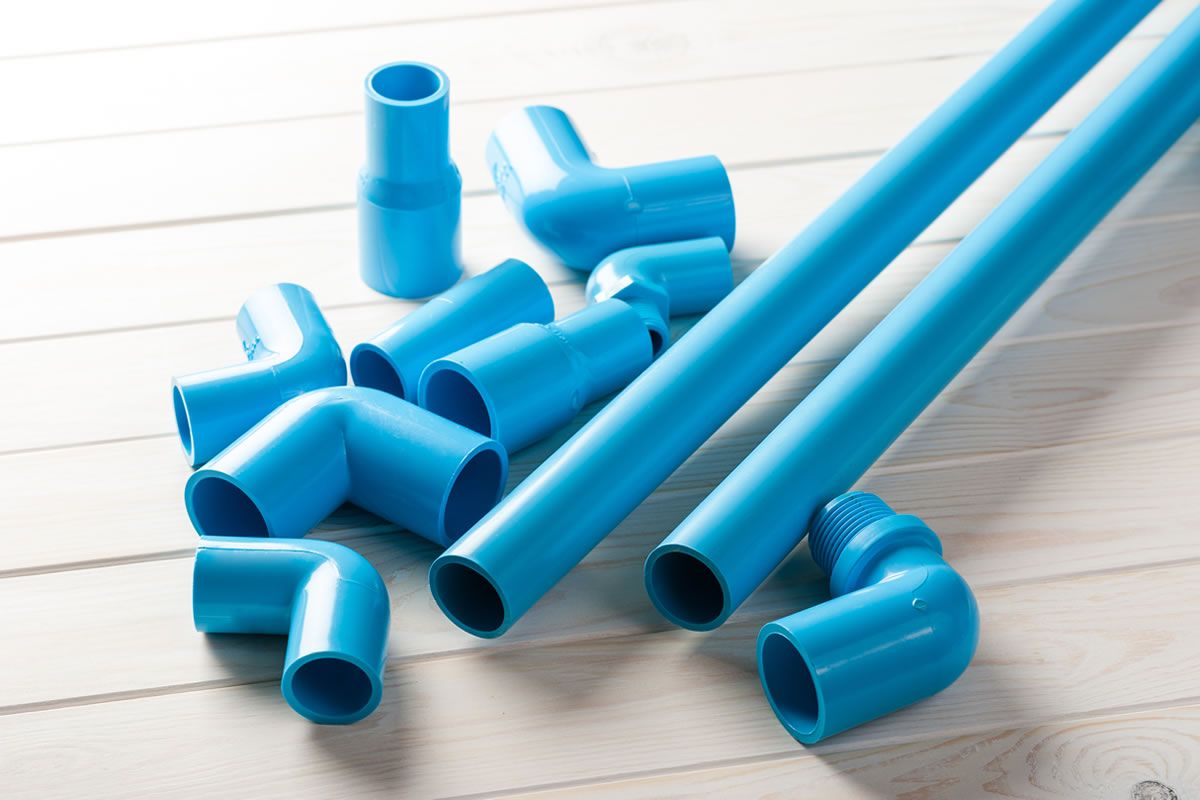


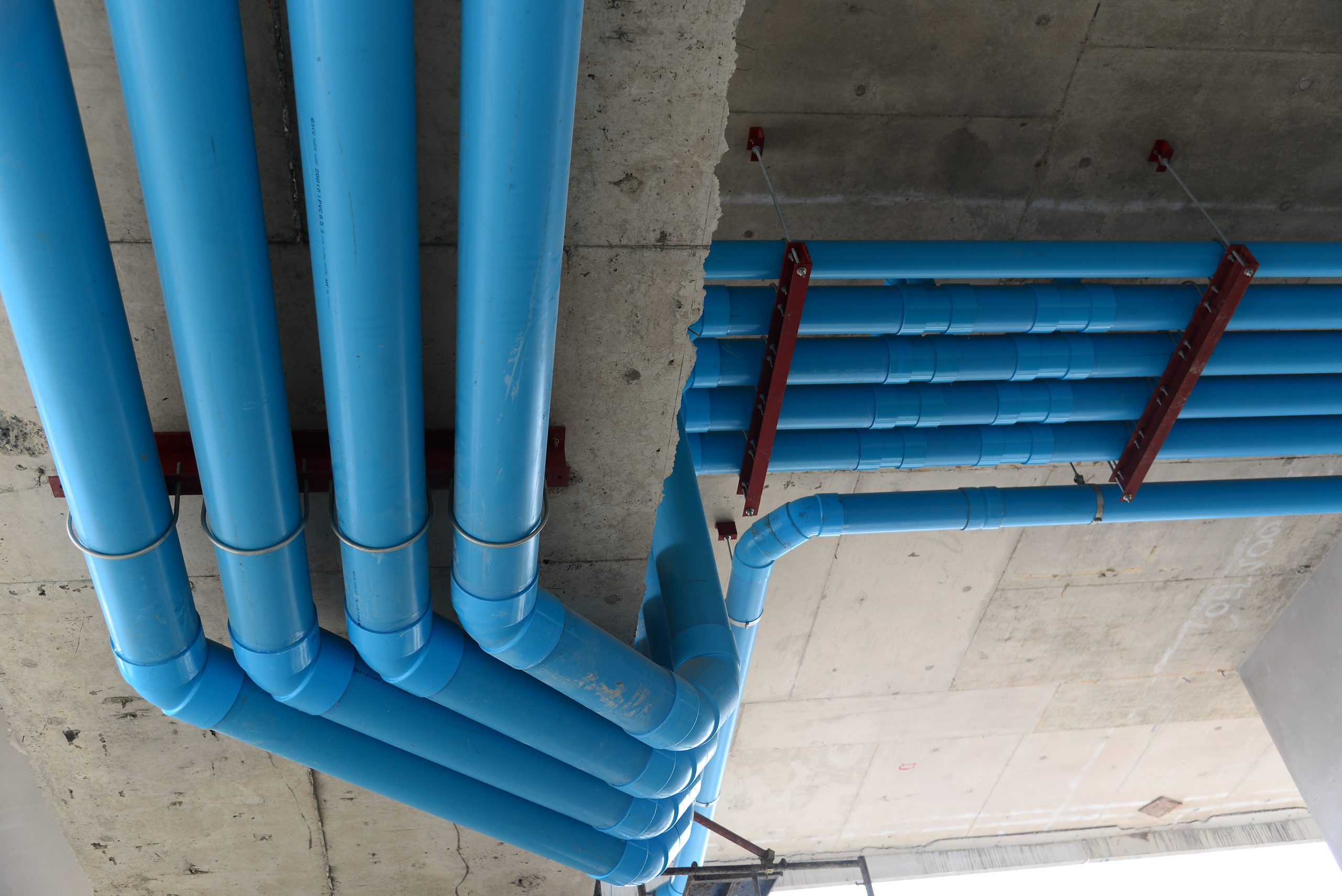






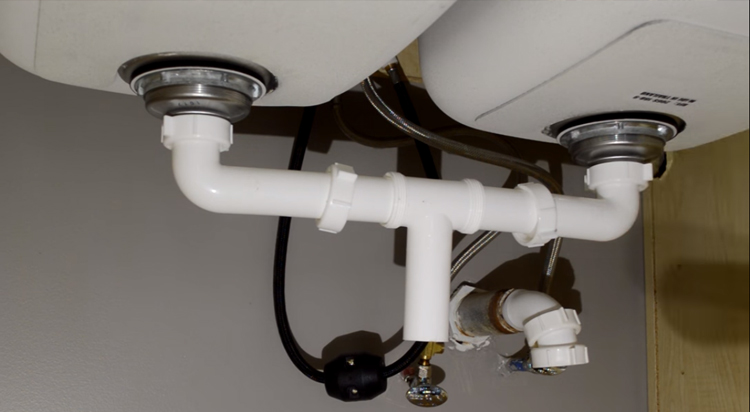

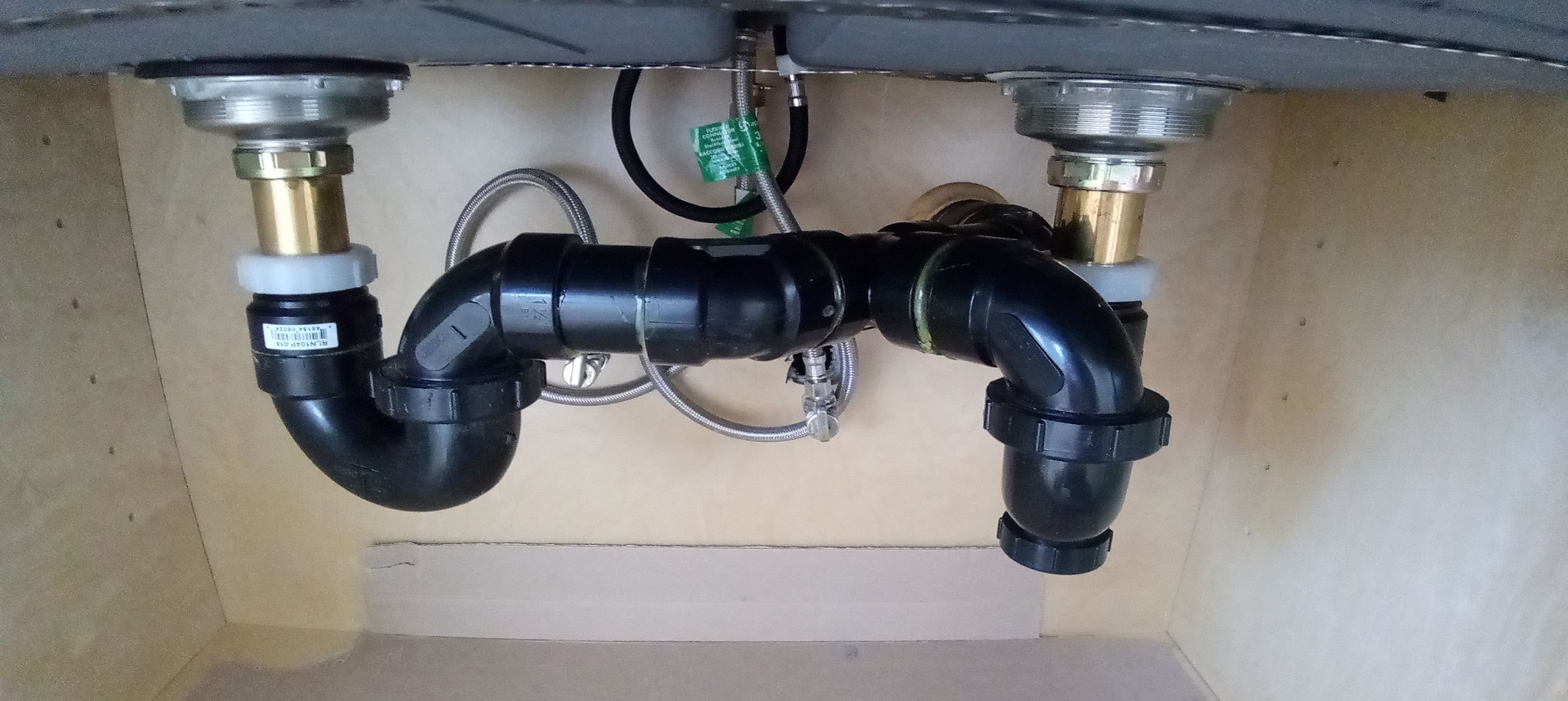

/how-to-install-a-sink-drain-2718789-hero-b5b99f72b5a24bb2ae8364e60539cece.jpg)

:max_bytes(150000):strip_icc()/how-to-install-a-sink-drain-2718789-hero-24e898006ed94c9593a2a268b57989a3.jpg)













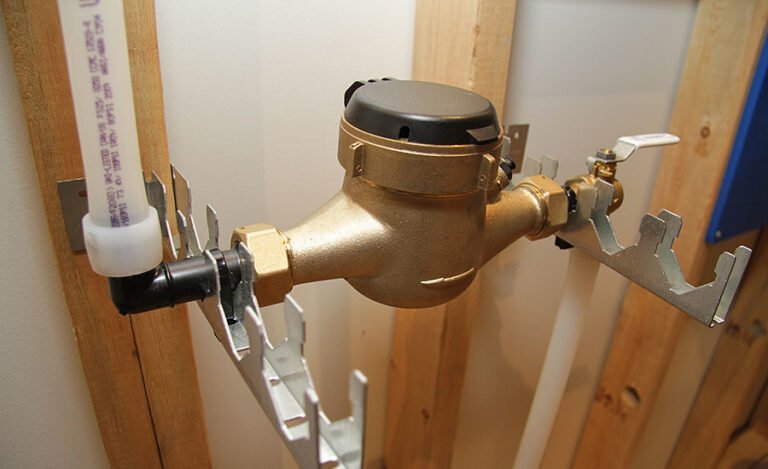


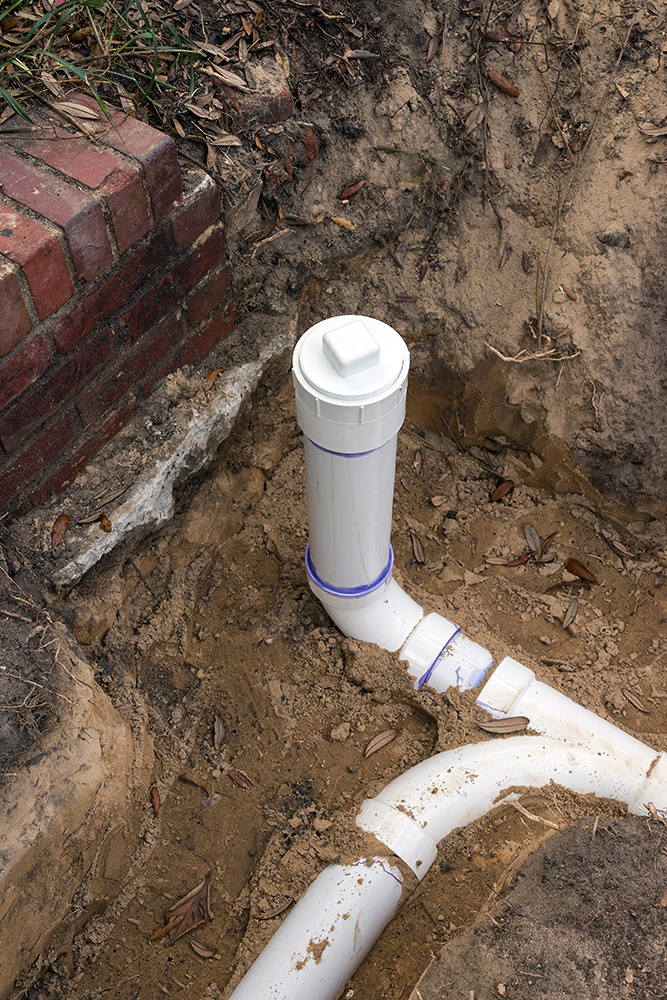

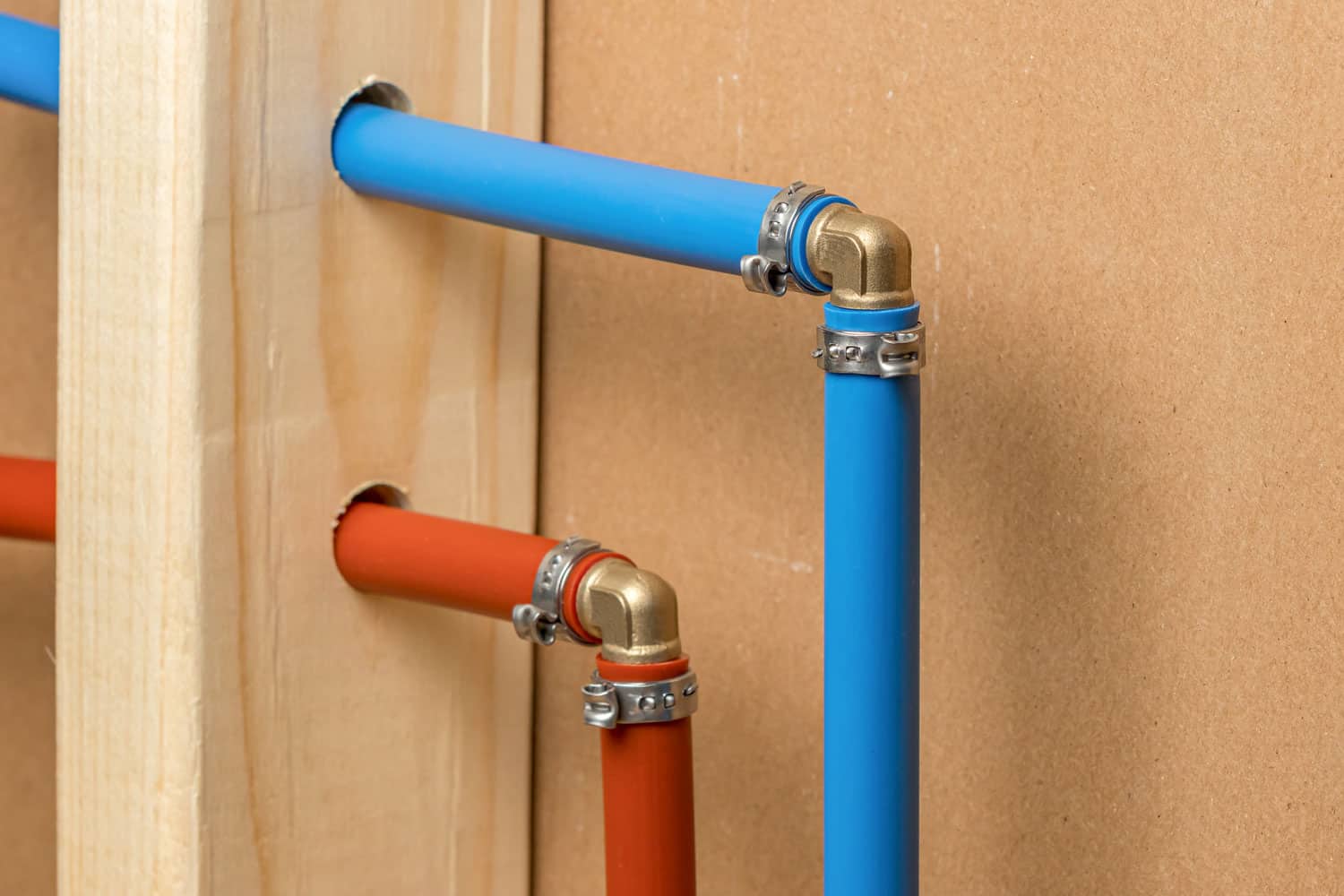




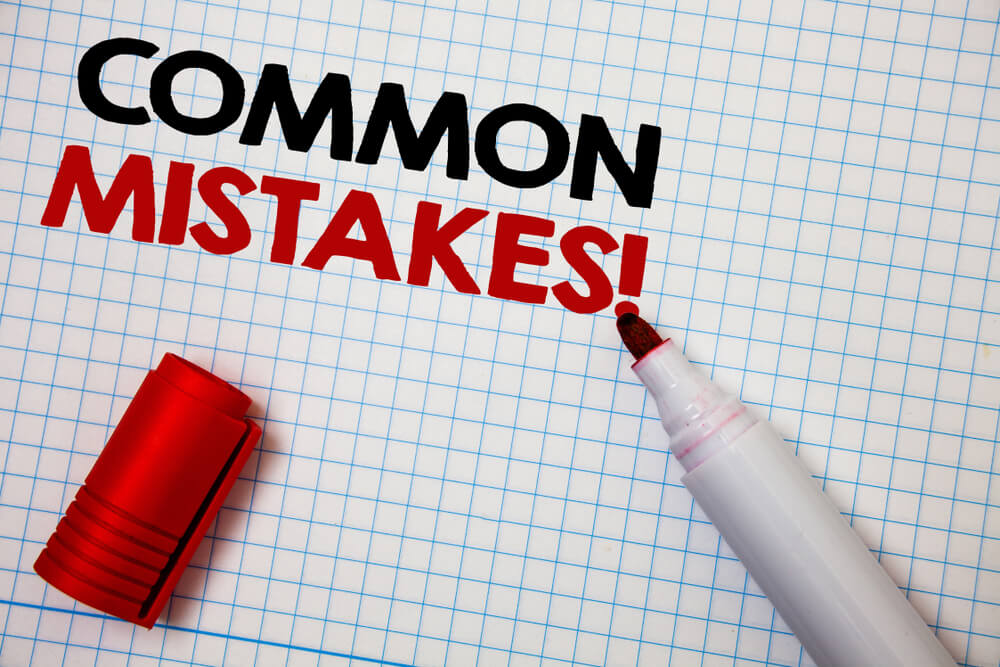



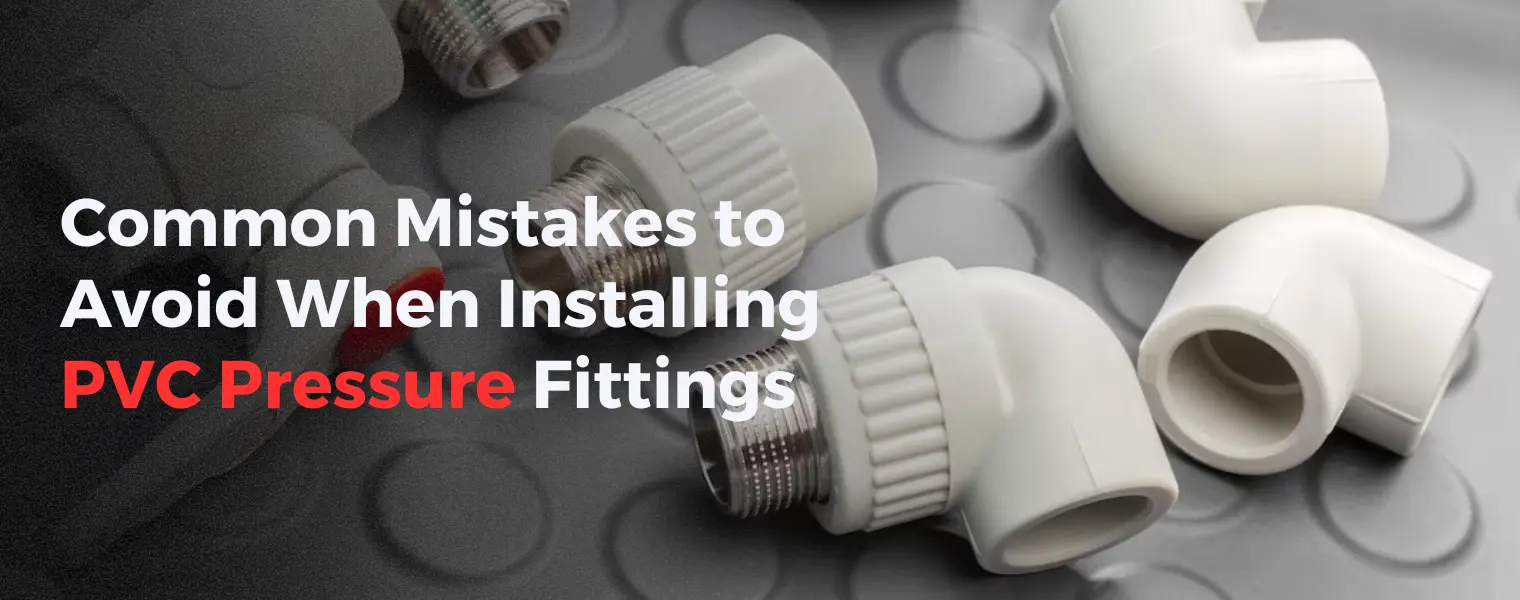
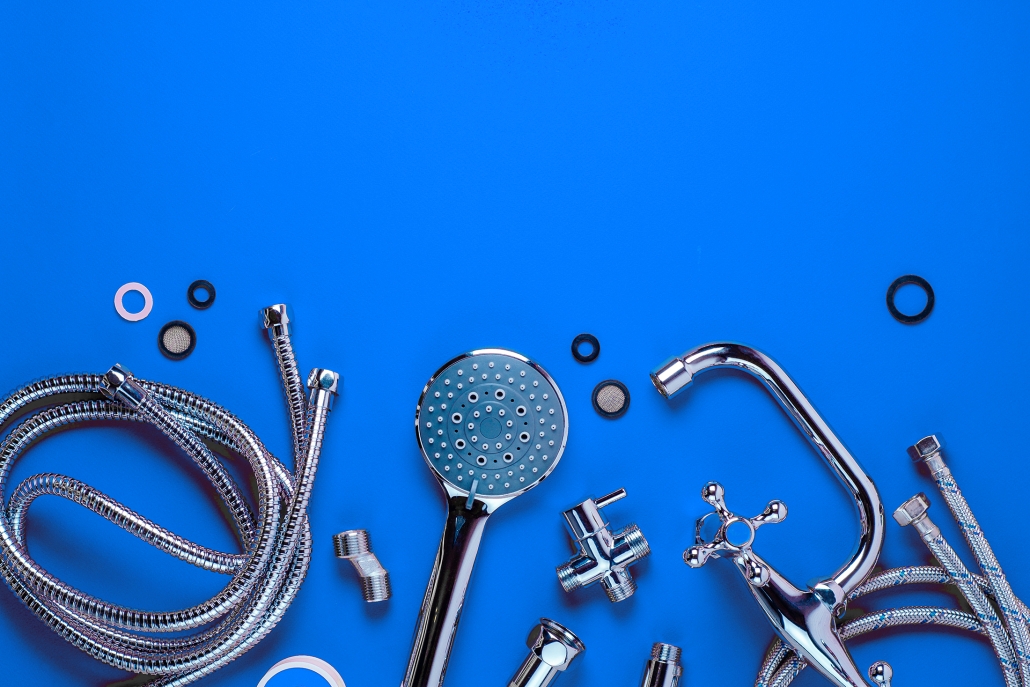



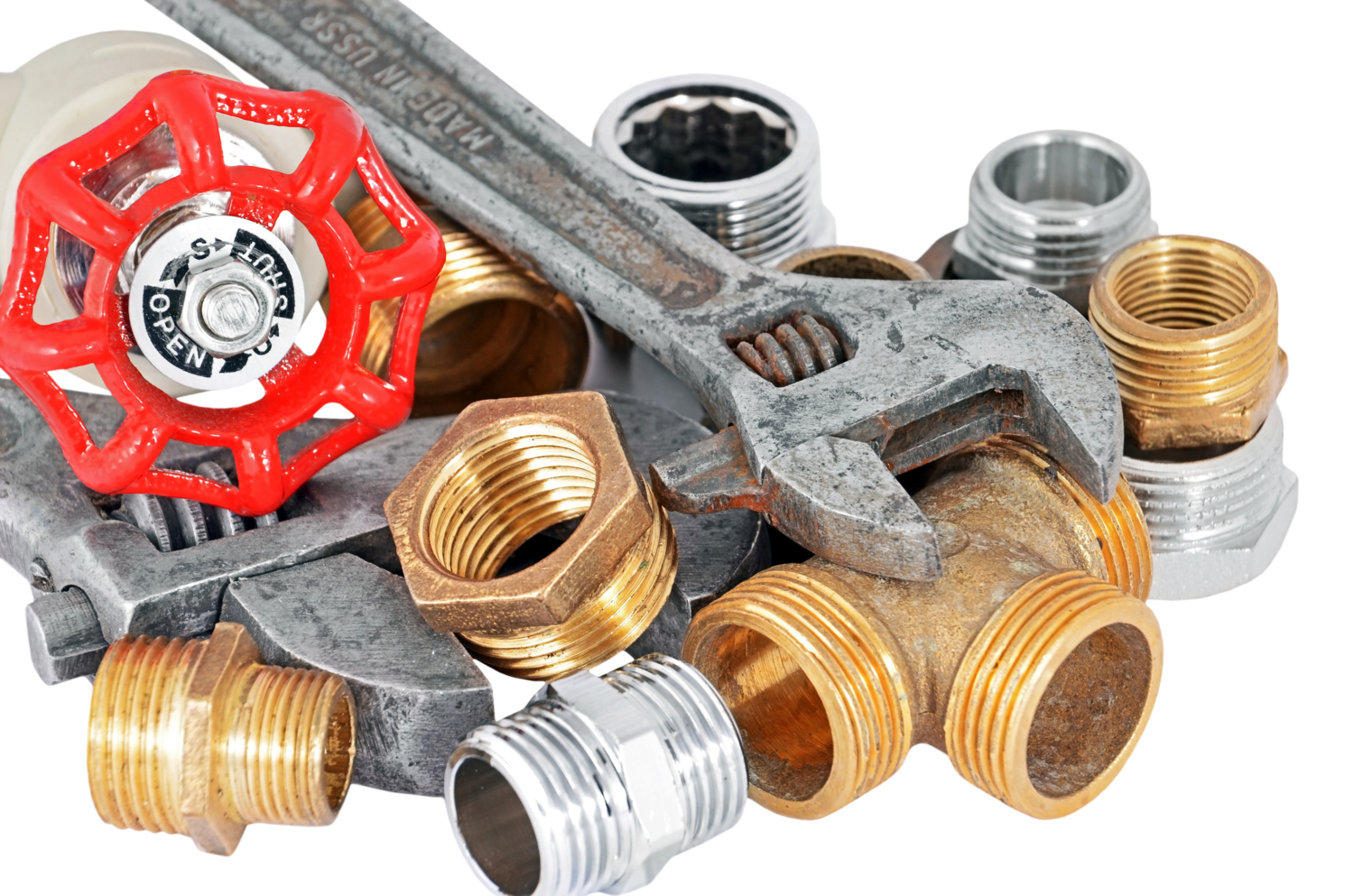
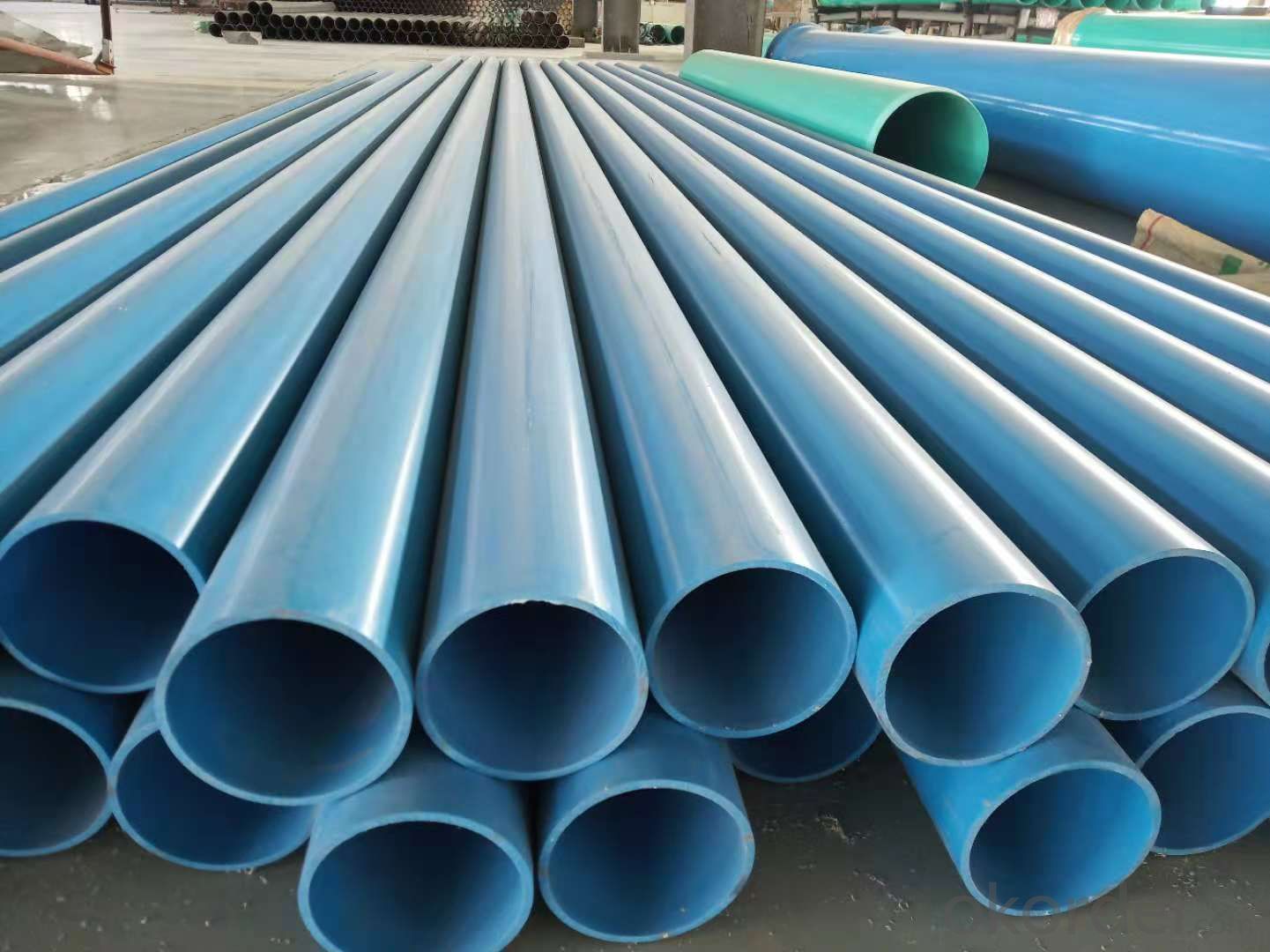

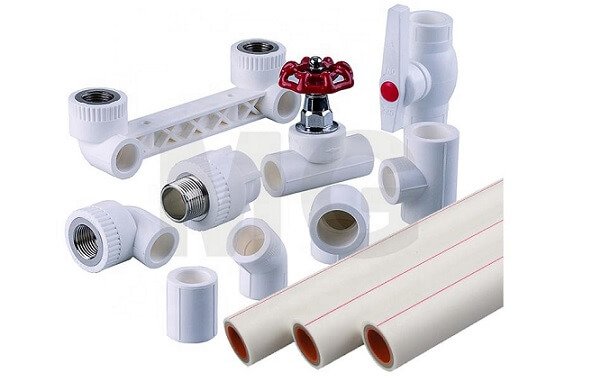






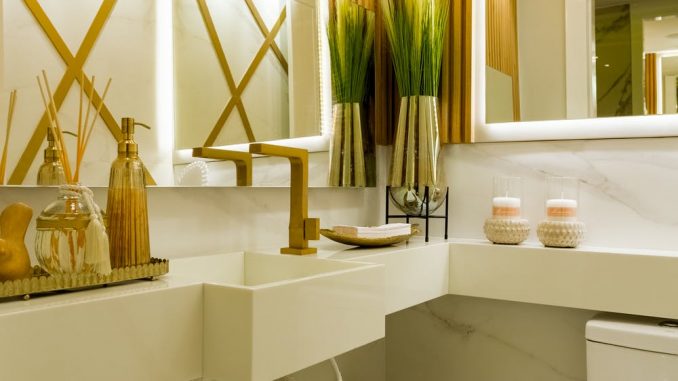
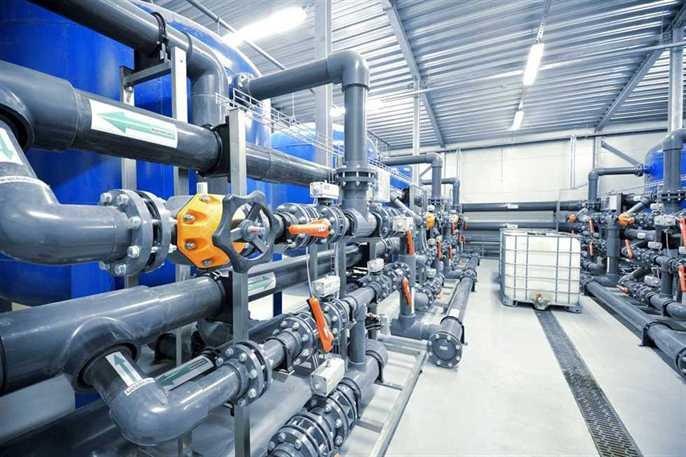
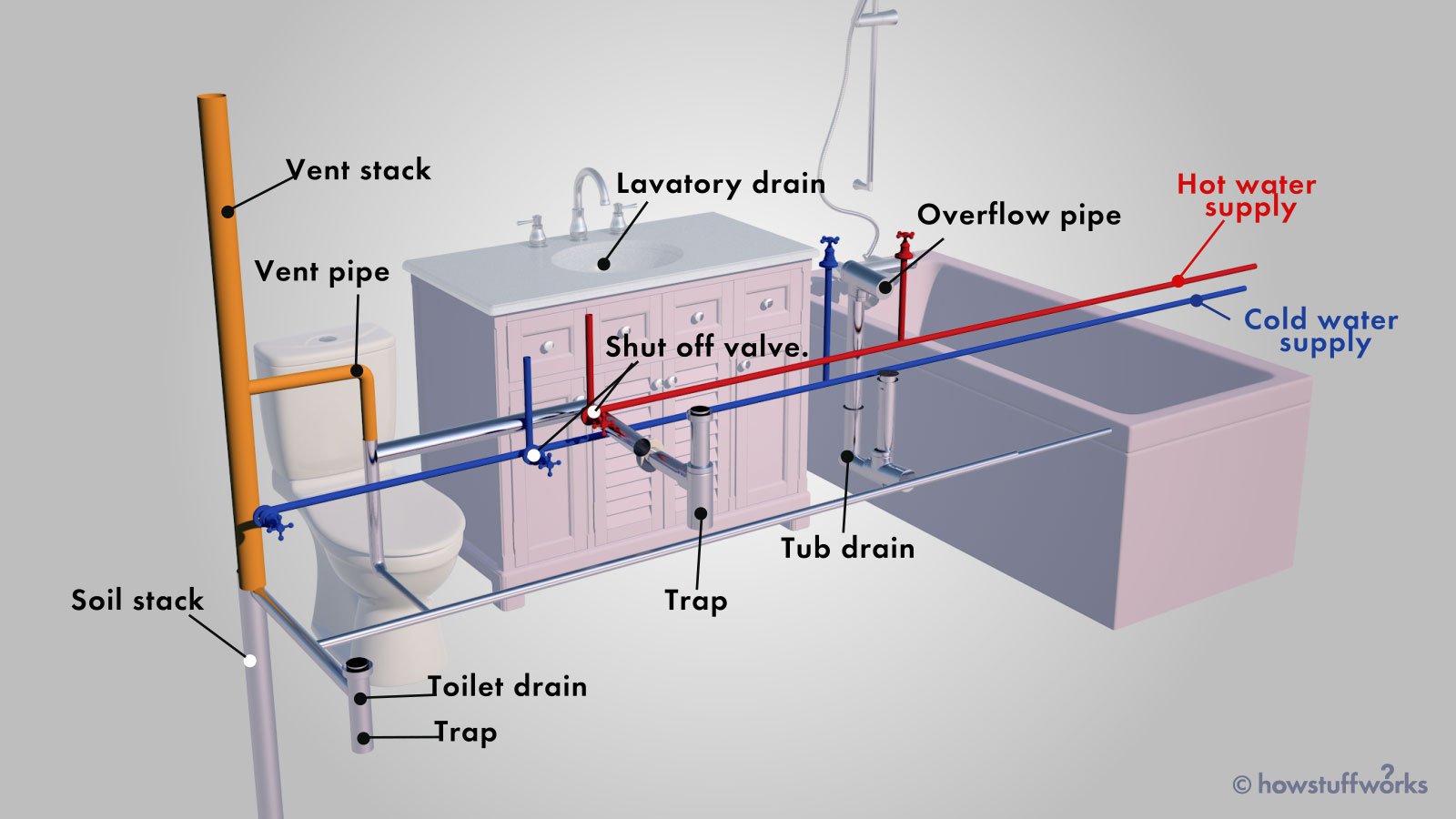
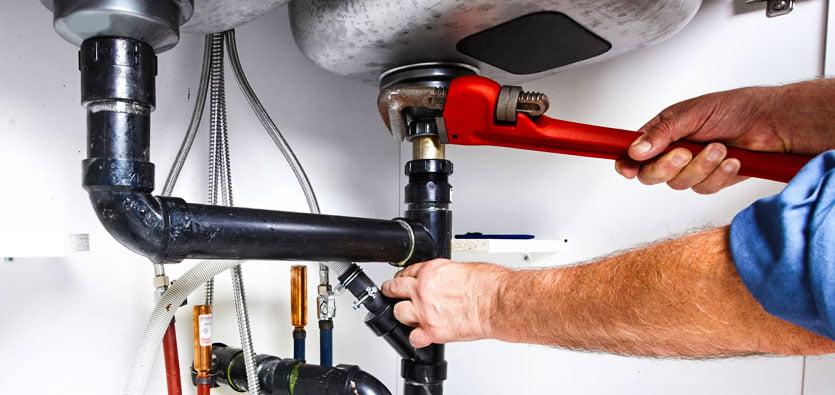


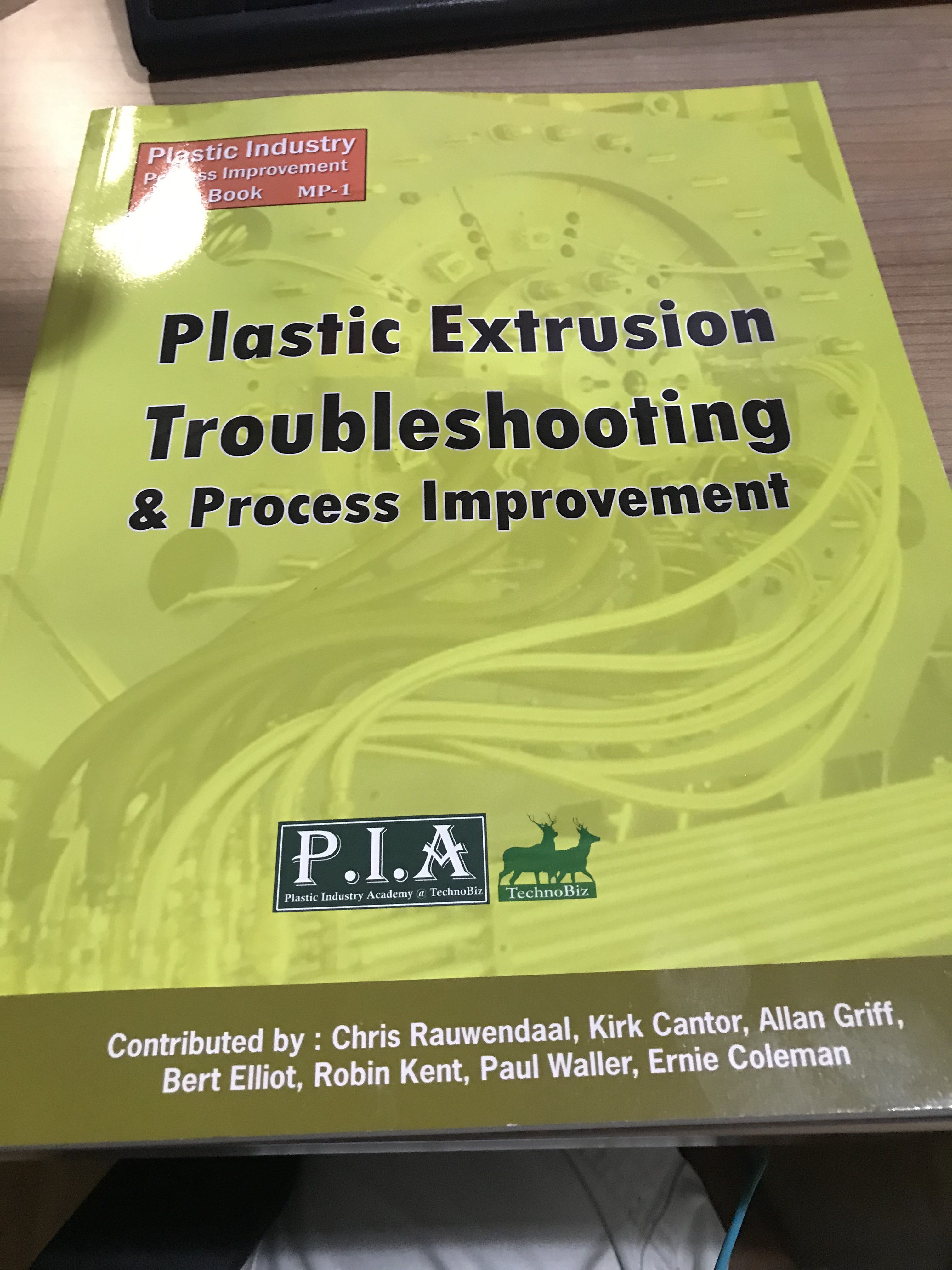




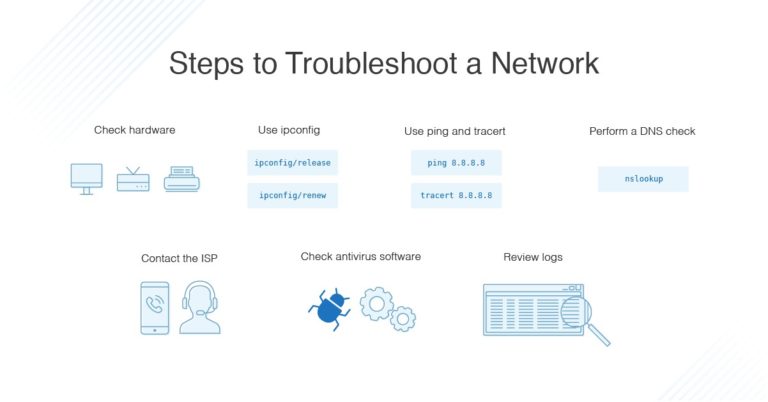

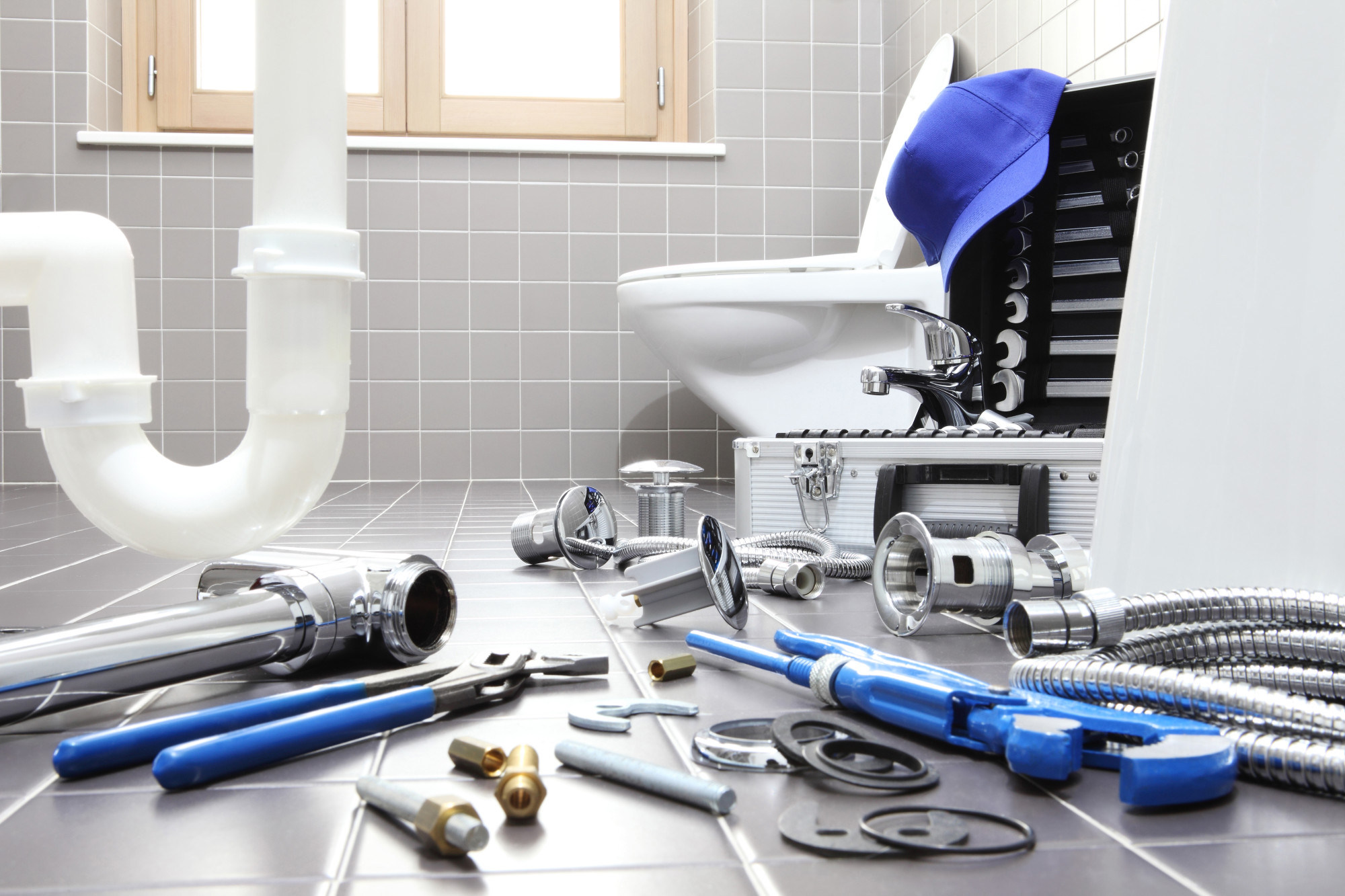



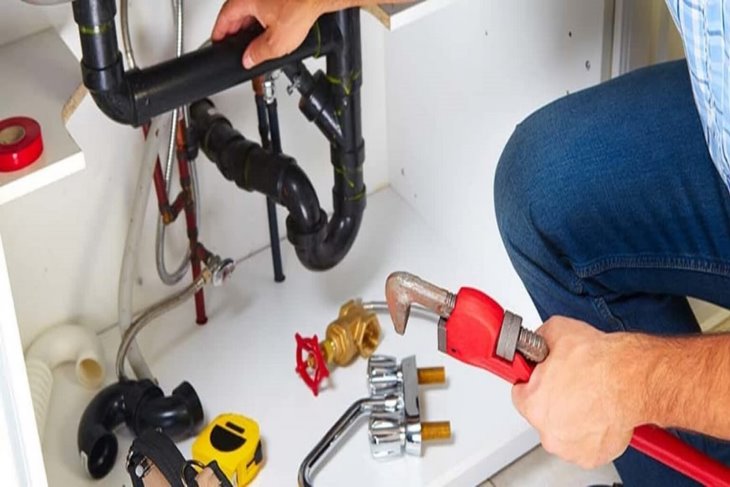




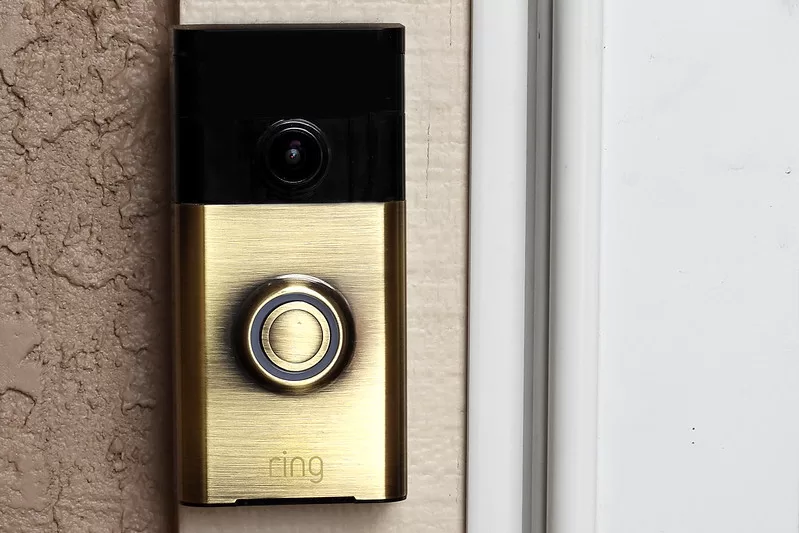







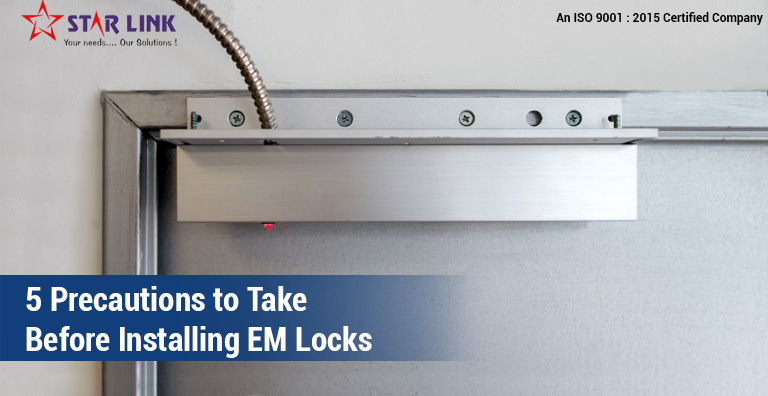
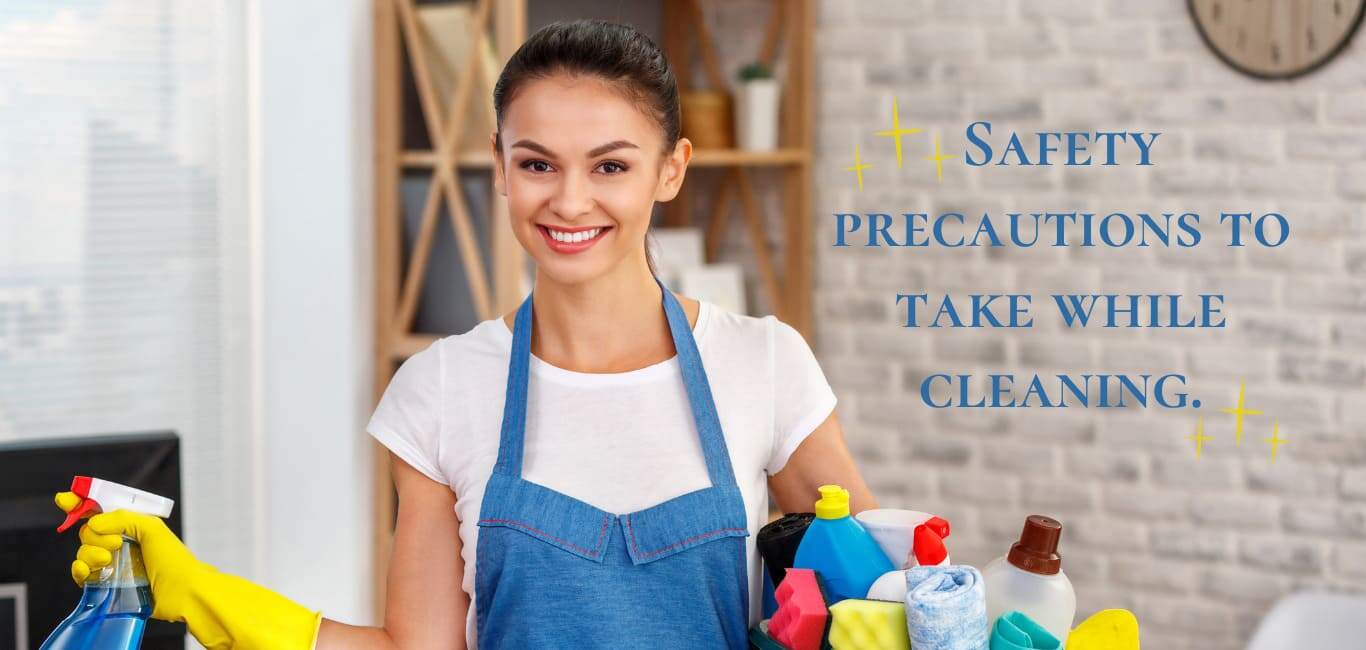






:max_bytes(150000):strip_icc()/how-bathroom-vanity-tops-work-1821317-f7107f5d02904f6eaa96c51c62b03dfc.jpg)
